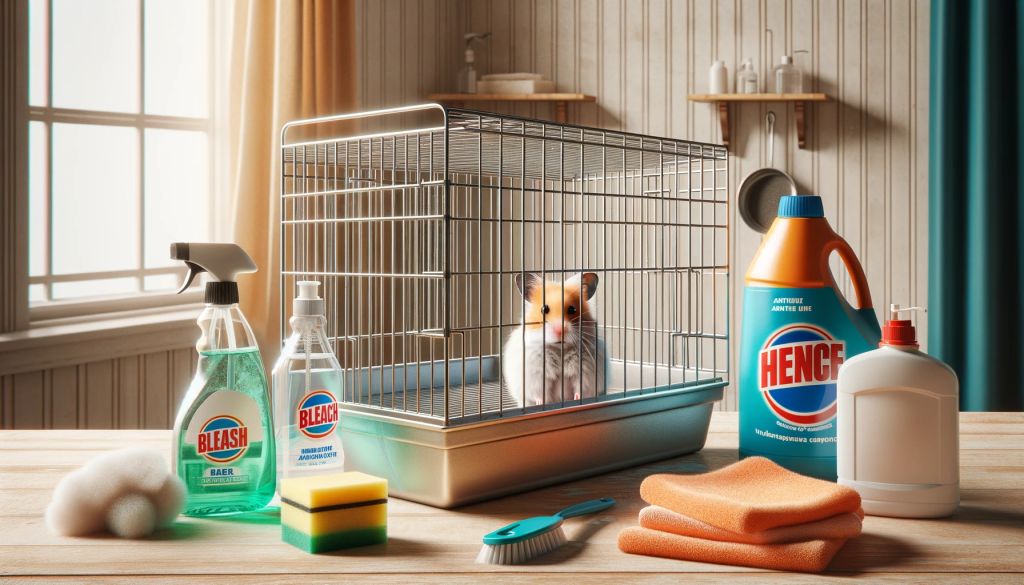Are you contemplating how to secretly bring a hamster into your home without your parents’ knowledge? This guide is tailored for you. It’s common for people to have hamsters as pets, but what if you’re eager to have one and your parents are opposed to the idea?

Effective Strategies for Hiding a Pet Hamster
Secrecy Locations
Place the hamster’s cage in inconspicuous spots like a storage room, beneath your bed, or inside a cupboard. Ensure the hutch is covered discreetly.
Safety Measures
While concealing the cage, prioritize your hamster’s safety and well-being.
Temporary Concealment
It’s feasible to hide your hamster for up to two weeks. However, consider this a temporary solution.
Discussing with Parents
After a period of successful concealment, approach your parents. Present your case with confidence, demonstrating maturity and emotional sensitivity.
Preparation for Conversation
Rehearse what you’ll say to your parents, practicing in front of a mirror.
Persuasion Tactics
Share the joyful experiences with your hamster and persuade them to allow you to keep it. If they remain unconvinced, have an alternative arrangement for your pet.
14 Proven Methods for Keeping Your Hamster Hidden
Secret Spots
Choose locations your parents seldom visit. Basements, unused garages, or guest houses are ideal.
Backyard Hiding
If the backyard is seldom used by your parents, it can be a suitable spot, but always use a cage for protection.
Bedroom Concealment
Your bedroom offers a private space for hiding your hamster.
Cupboard Camouflage
Utilize a spacious cupboard, ensuring enough ventilation for the hamster.
Friend’s Assistance
In case of emergency, a friend’s house can serve as a temporary haven for your pet.
Noise Management
Minimize the sound of the hamster’s activities using foam or cork boards.
Cage Placement Strategies
Disguise small cages on shelves behind books or in corners of closets, ensuring proper light and air circulation.
Cleaning and Maintenance
Regularly clean the cage and manage waste discreetly to prevent odors.
Nighttime Care
Understand that hamsters need darkness to sleep, and use this to further conceal their presence.
Self-Sufficiency
Be prepared to independently provide for your hamster’s needs, including food, bedding, and toys.
Odor Control
Use air fresheners to mask any pet smells, maintaining a clean environment.
Regular Disinfection
Regularly clean and disinfect the room to remove fur and maintain hygiene.
Outdoor Time
When alone, allow your hamster some time outside for fresh air, ensuring your parents don’t notice.
Proper Housing
Always keep your hamster in a cage for safety and to avoid accidental discovery.
Important Considerations
Parental Approval
Ultimately, strive for transparency and approval from your parents for a more sustainable and responsible pet-keeping experience.
Hamster Welfare
Prioritize the health and well-being of your hamster throughout the process.
Remember, while these tips can help in temporarily hiding a pet hamster, open communication with your parents is essential for a long-term solution.



